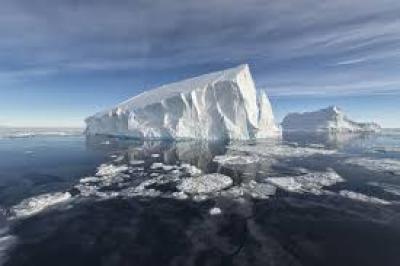Forty years after the Antarctic sightseeing airline crash multiple errors and omissions can be seen as the cause ……
Parallels are inescapable between the sinking of the Titanic in 1912 and the crash onto Mt Erebus in 1979 of an Air New Zealand DC10 sightseeing flight.
Both collided with Polar ice. The Titanic with an Arctic iceberg. The DC10 with Mt Erebus in the Antarctic.
Both the Titanic and the DC10 were considered the most advanced technologies of their era.
Sabotage did not figure in either disaster.
Head office interference was cited in both disasters. For the Titanic to go faster and for the DC10 sightseeing flight to go lower.
Routine and mundane failures were related to the cause of both disasters.
The flawed fat finger headquarters coordinates entered into the DC10 navigation system. The failure of anyone on the Titanic crew to have the keys needed to open the binoculars safe box on the crows nest.
Passenger requirement diversions in both disasters are seen as contributing factors.
On the Titanic the radio office was preoccupied with passenger telegrams to the exclusion of receiving operational iceberg warning messages. The DC10 flight was underpinned by the need to give passengers the closest look at the Antarctic terrain.
Both captains perished in the disasters. Captain Smith of the Titanic and Captain Collins of the DC10
Both captains had overconfidence in the machinery under their command.
Captain Smith in the unsinkability of the Titanic. Captain Collins in the veracity of the input into his automated navigation system
In both disasters blame attached to human handling of the technology and not to the technology itself.
In both disasters the shadow fell on corporate top management.
Bruce Ismay the head of the White Star Line, a Titanic survivor, was subsequently blamed for urging the Titanic to go faster regardless of the ice threat. Morrie Davis his Air New Zealand counterpart was blamed for acquiescing in the low altitude flying in the vicinity of Mr Erebus
Both disasters were followed by inquiries in Great Britain.
In both disasters the unanswered questions and associated riddles have accelerated interest in the tragedies.
In the instance of the Erebus disaster the Privy Council was moved to recommend that the past remain in the past, that bygones be bygones.
The New Zealand official history crisply states: “Debate raged over who was at fault for the accident. The chief inspector of air accidents attributed the disaster to pilot error. Justice Peter Mahon’s Royal Commission of Inquiry disagreed, placing the blame on Air New Zealand and its systems. The controversy continues….”
Both disasters gave rise to much bibliography and cinematography. Art followed the fact of these two disasters.
The first Titanic film featured a survivor.
The Aftermath was broadcast by Television New Zealand while memories of the Mt Erebus disaster were still fresh in the public memory. The TVNZ dramatized documentary is still considered unimprovable.
The director of the most recent Titanic feature film James Cameron lives in New Zealand.
An earlier film Raise the Titanic starred Jason Robards whose grandson Jasper Robards manages the Cameron family arable farms in New Zealand.

